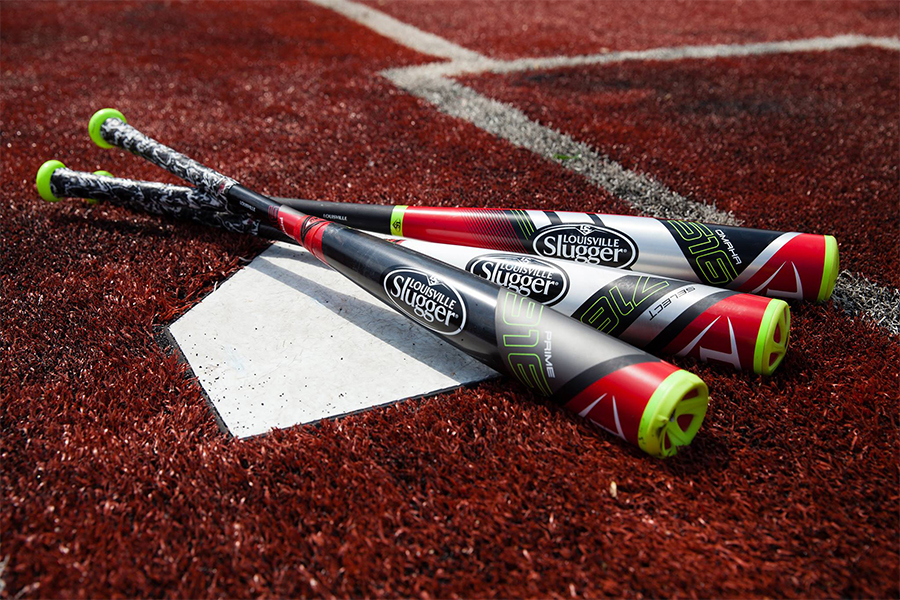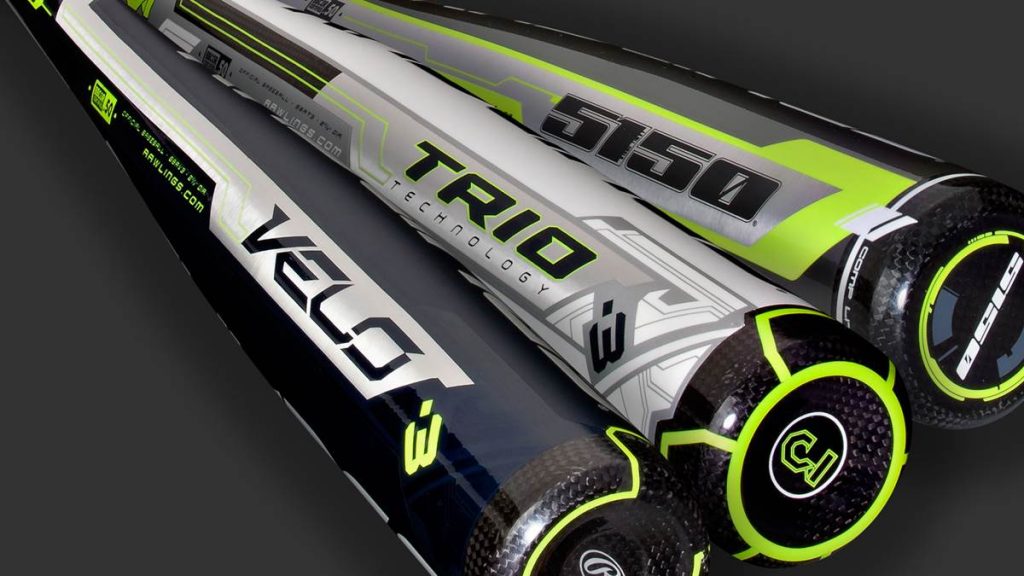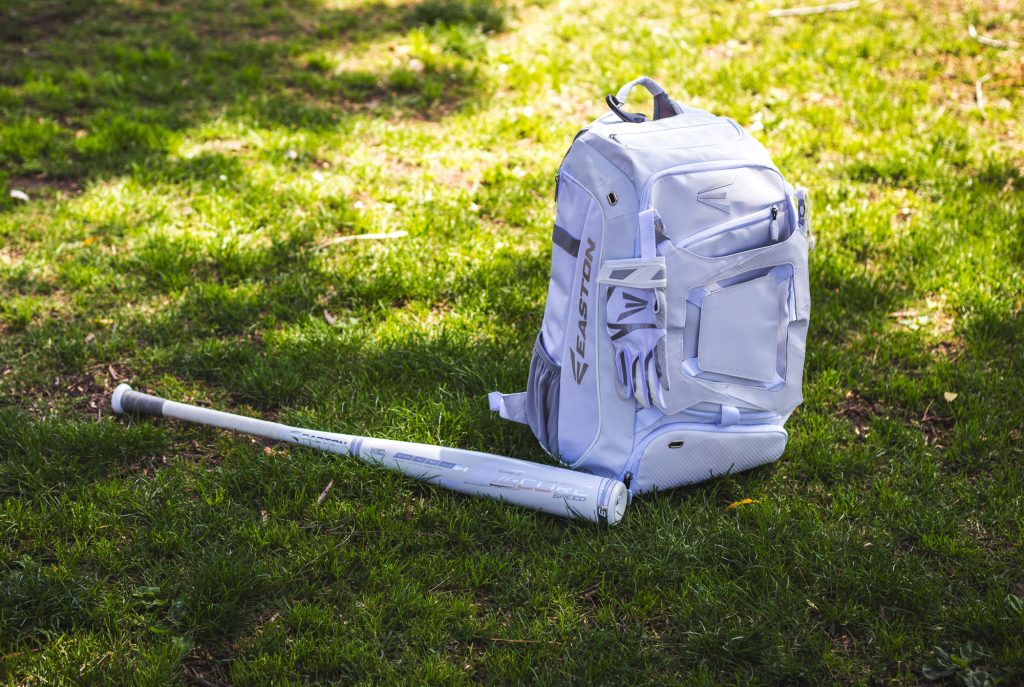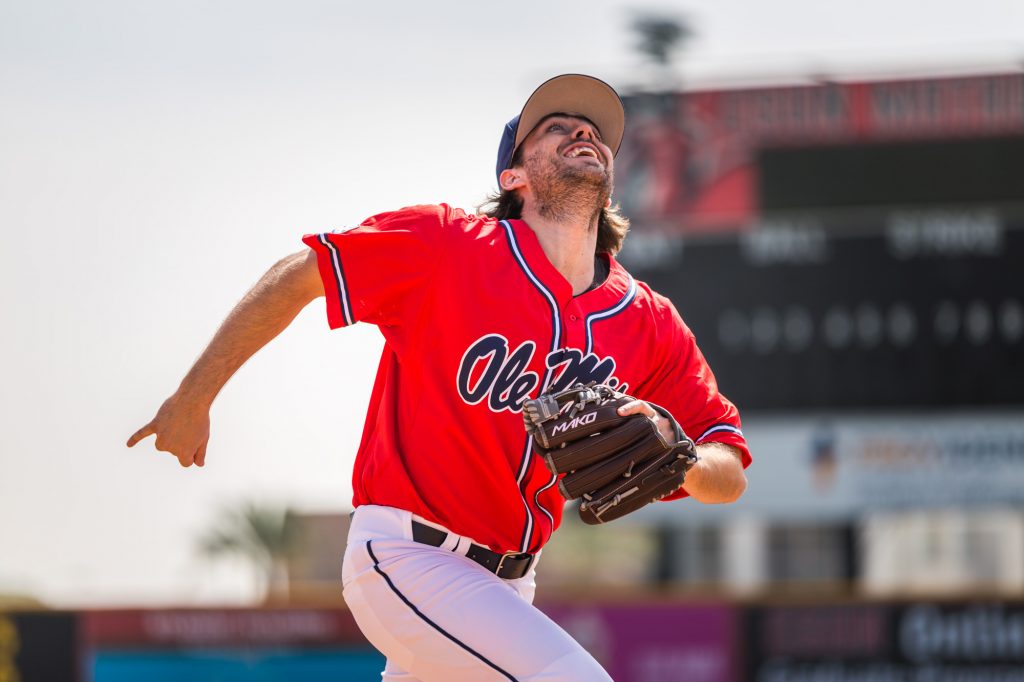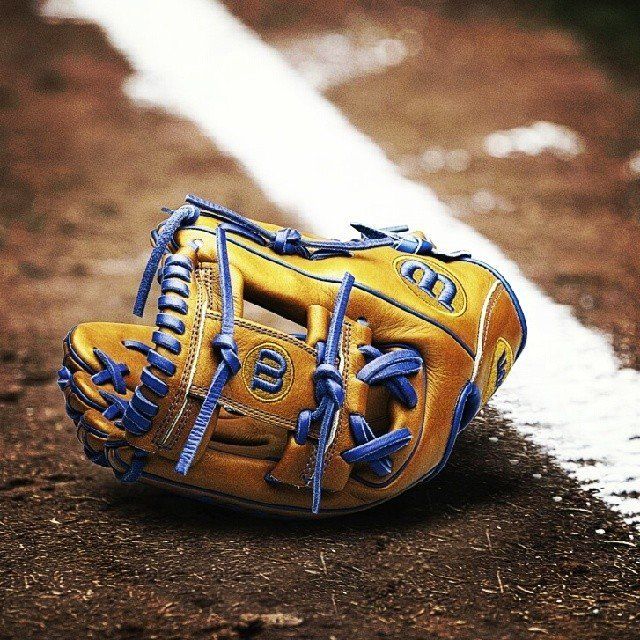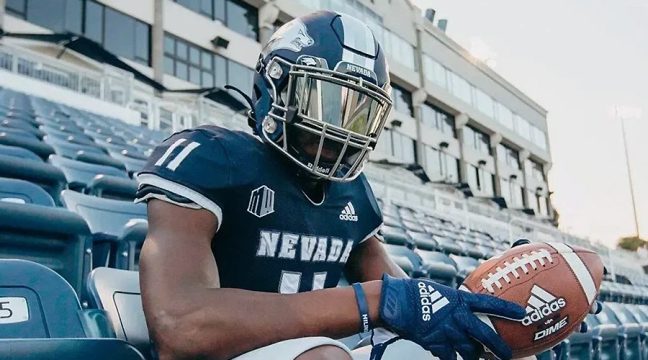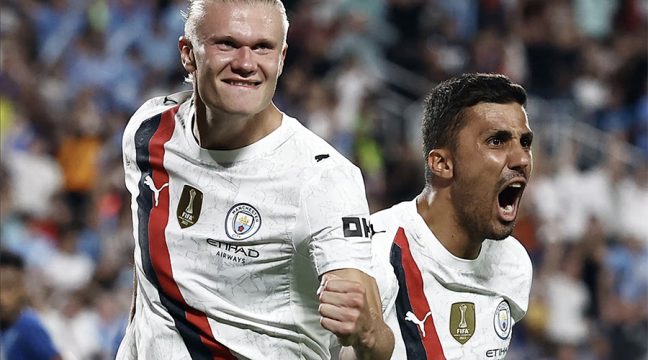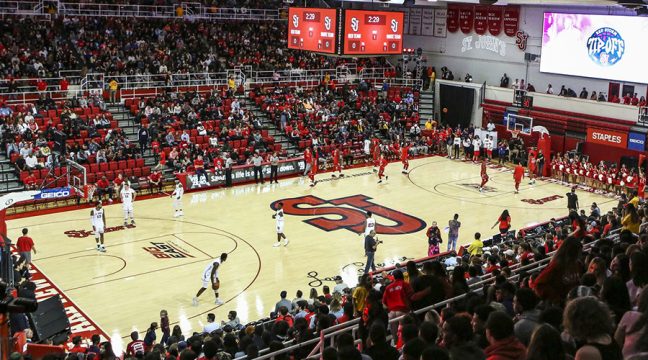New rules, needs and tastes churn out more tailored diamond sport gear.
By M.T. Elliott
Baseball is a team sport, but its gear is becoming highly individualistic.
As the next generation of athletes hits the field, they’ve grown accustomed to custom products. Their size … their color … their personality. They expect no different in baseball and brands are responding. SGB takes a look at the trends, what the new rules mean for bats and what the little leaguers are eyeing in the pros.
New Rules Mean New Bats
A change in bat standards by USA Baseball and Little League will create a new wave of youth bats by September 2017, though some brands will come to market before then. The rule changes to bats are intended to create “wood-like performance,” which will help reduce sharp line drives as well as prevent kids from learning hitting techniques that don’t translate at higher levels of play. By 2018, bats must meet these new standards, and brands may thin their lineups and sit out some innovation while they deplete their inventories in 2017.
Of course not all bats must meet thEse requirements, but most brands offer BBCOR options — the standardization for high school and collegiate players — in their top sellers.
Known for its softball bats, DeMarini’s carbon fiber (CF) lineup of baseball bats continues to win fans. In what would be the CF9 (there have been name changes through the brand’s lineup) the 2017 BBCOR DeMarini CF Insane -3 is a two-piece composite bat that is end-loaded, with a big sweet spot on its 2 5/8 inch barrel. DeMarini claims its new Paraflex composite is 22 percent stronger than its previous materials. The fat knob and handle should reduce vibrations.
Bat makers are taking stock of the consumer’s response to recent technology, like torque handles, and increased consumer expectations that there’s a bat just right for them. Scrappy contact hitters gravitate to balanced bats, while big loop boppers prefer end-loaded bats.
Todd Harman, Easton’s executive vice president said the company focused on simplifying its range of bats. Its latest Power Brigade lineup will focus on an all-new Mako Beast. Easton brings both composite and carbon to market to meet demands of more sophisticated consumers, and different player types, Harman said.
Louisville Slugger added similar movement technology to its three-piece composite bats like the Prime 916 BBCOR. The handle movement is said to also reduce the sting of poorly hit balls – designed to maximize the sweet spot. Louisville Slugger will also release a premium line of MLB-level bats, like the MLB Prime, with wood twice as hard as its other bats. A new finish called Exoarmor coats the wood and an ink-dot assures customers the bat meets the grain standards of professional bats.
Rawlings sped up its Velo series of bats, in part, by using lighter composite materials in the end caps and thinner walls.
How You Like It
Custom or personalized gear, from build-your-own mitts to stylized bats, is surging. Several ball glove companies offer online customization, which ranges from picking a base model and changing its colors to a more tailored choice of glove depth and styles of leather.
Wilson’s customization found a receptive audience among baseball and softball players. “Many of the athletes we talk to, at every age and level of play, see their equipment as an extension of who they are. Further, they want and expect their equipment to be optimized for their capabilities,” said Kristina Peterson-Lohman, a spokesperson for Wilson Sporting Goods.
If other sectors are any indication, customers seek unique specs and enjoy tailoring an item to what they think will work best for them. Nike saw this with certain shoes, as did Eddie Bauer’s success with its Microtherm jackets. Custom bats, mostly wood, are also gaining traction.
Retailers may fret about the direct-to-consumer model, but they can still stock a variety of colors and designs at retail at prices below custom models. Perhaps the hottest color is white, an available option for just about every piece of equipment. Easton’s Z-Core Whiteout Baseball Bat is a limited-edition color on this fat-barreled balanced bat — a one-piece alloy stick with a longer sweet spot. The color ties back with a backpack and batting gloves.
Smaller customization add-ons in the category include colored glove laces, bat grips and tapes.
Custom is also about comfort and fit. Easton went with a redesign for its new Mako Legacy gloves, complete with soft kip leather, but no less durable. That creates a nice hand feel, but the practical result is a glove that’s closer to broken in. A sheepskin lining put softness inside the glove, too. Available options include traditional infield, pitcher/infield hybrid, outfield, first base and a catcher’s mitt.
Kids Are The Future
By the time Derek Jeter retired, most shortstops could jump from grass and throw out a runner at first. That could be in part because many of those infielders grew up watching and imitating him.
The effect of major leaguers on young amateurs is something diamond sports companies’ bank on. Wilson cites the trend of 11.5″ or 11.75″ length gloves among major leaguers who want a little extra reach, yet ask for shallower pockets to ease transition to the throwing hand. A good example is Wilson’s A2K DP15 GM middle infield glove, which isn’t the longest option at 11.5”, but its finger stalls are spread out to create a flatter pocket for a faster field and throw. Like its predecessors, the glove is broken in at the factory. The brand said it anticipates young players will follow suit in their desires to flash leather like the pros.
Easton has seen growth in its youth ball gloves and bolstered its presence at the Little League World Series as a sponsor. Retailers may want to consider this new popularity in the youth glove market if they’ve been ordering on autopilot in past years. Next year, keep an eye out for the white leather look in fast-pitch mitts to cross over into baseball gloves.
Lead photo courtesy Louisville Slugger.
The Louisville Slugger baseball bat line for 2016 is a collection of three designs -Prime 916, Select 716, and Omaha 516.

